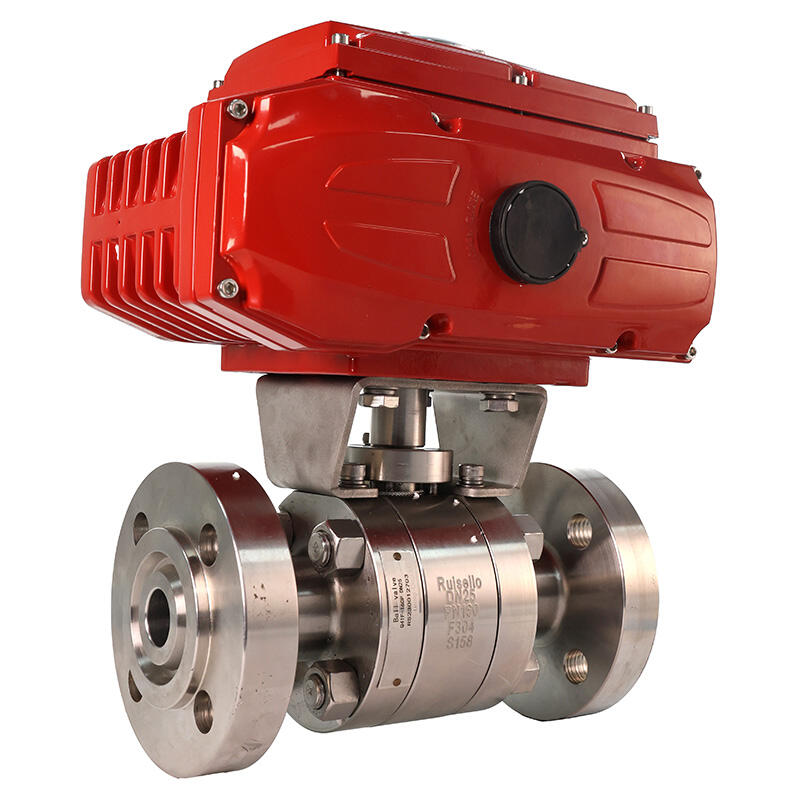stærðarákveðning þrýstiafleiðis fyrir loftþétti
Stærðarákveðun loftþrýstingar afköstuklóka er lykilatriði í öryggis- og öræðisloftþrýstingarkerfi. Þessi nauðsynlegur ferlið felur í sér að ákvarða viðeigandi mælikvarða og tilgreiningar áföstu til að tryggja bestu verndun gegn ofþrýstingu. Þegar reiknað er stærð á klóknum er tekið tillit til ýmissa þátta, þar á meðal hámarksflæðisfermeturinn, starfsmörk og kröfur kerfisins. Ferlið krefst nálegrar athugunar á iðnaðarstaðli og öryggisreglugerðum, svo sem leiðbeiningum frá ASME, til að tryggja rétt starfsemi klóksins. Afköstuklókar eru öryggisstæður sem sjálfkrafa losa yfirflóinn þrýsting þegar hann fer yfir áður tilgreind mörk, og koma þar með í veg fyrir mögulegan tæmanaskemmd og hættur á vinnustað. Stærðarákveðun felur í sér greiningu á getu þrýstingarþétters, útflæðiþrýstingu og mögulegar gallaskynjun til að ákvarða nauðsynlega flæðisgetu klóksins. Nútímalegar aðferðir til stærðarákveðunar innihalda háþróaðar reiknirit og hugbúnað til að ná nákvæmum útreikningum, svo að valinn klóki geti meðhöndlað versta mögulegu aðstæður. Þessi kerfisbundin nálgun til stærðarákveðunar hjálpar til við að viðhalda heildargetu kerfisins, hámarka öræði og lengja ævi tæma en þó að uppfylla öryggiskröfur.

